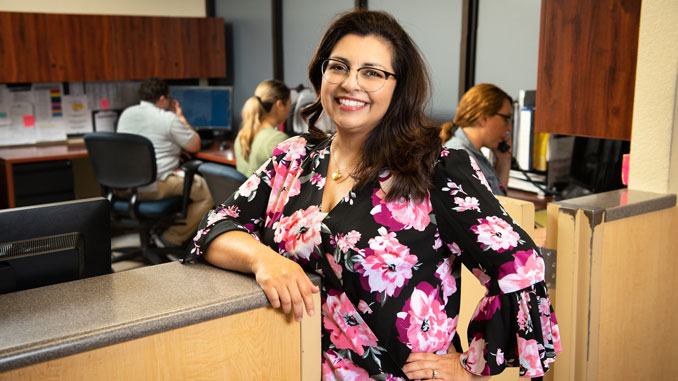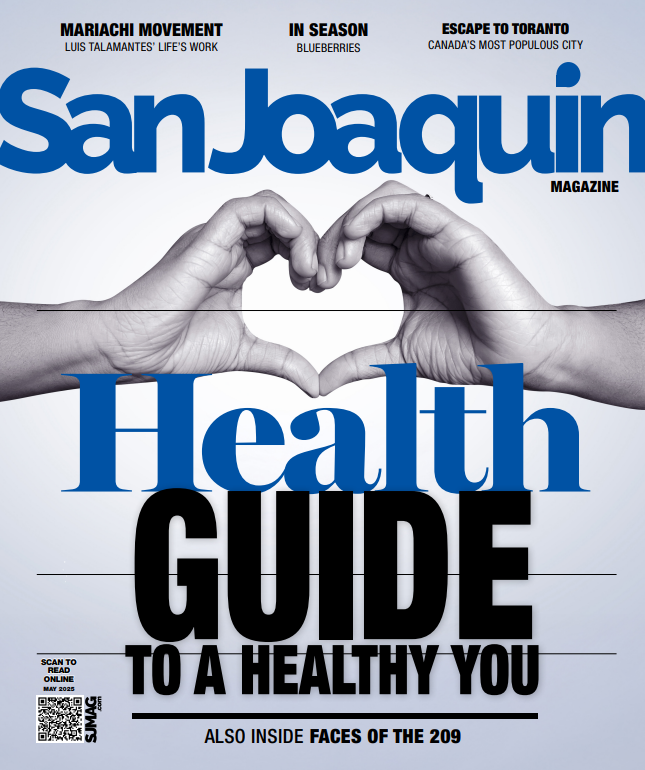
Behavioral Health Services battles America’s suicide crisis
Where to go for help:
24-Hour Consumer Support Warm Line (209)-468-3585
24-Hour Crisis Phone / Mobile Crisis Clinic (209) 468-8686
The above services are available to everyone in the community, and the Mobile Crisis Clinic will meet you, wherever, whenever when you want to talk in person.
For some, it’s difficult to understand how a person could take their life-for others; it’s not. An estimated 90 percent of people who commit suicide have a mental illness, and 50 percent suffer specifically from depression. According to the National Alliance on Mental Health, one in five adults in the U.S. experience mental illness in a given year, and 9.8 million of them suffer so severely that it interferes or limits their major life activities.
“Depression not only affects 300 million people around the world, but it’s also the leading cause of disability worldwide,” notes San Joaquin County Behavioral Health Services (BHS) Medical Director, Dr. Khurram Durrani, MD, DFAPA.
Major Depressive Disorder (MDD), commonly know as depression, is suicide’s top risk factor; manifesting as feelings of hopelessness, tiredness, slowed thinking, loss of interest, and unexplained physical problems like back pain or headaches. As the National Institute of Mental Health (NIH) reports, depression can be triggered by a combination of genetic, biological, environmental, and psychological factors.
“Psychiatry is perceived as non-medical, but it’s as biological as oncology and endocrinology. All depression is biological. Yes, it can be triggered by a situation like the loss of a loved one, a drop in social status, or even stress. But, people are genetically predisposed, and the environment does have an impact,” notes Dr. Durrani.
So, when does your ‘bad mood’ become depression? Feeling symptoms of depression for a few days after failing a test isn’t clinical depression, but those who suffer symptoms nearly every day for two weeks or more with no relief should fight the urge to isolate, and instead reach out to a professional for help. In some cases, those who suffer in the long term, may look towards natural remedies that can help with depressive states, this can include growing their very own marijuana, using companies such as I Love Growing Marijuana for assistance, so they can tackle it head on.
“Isolation is a major symptom of depression, which can make face-to-face communication difficult,” says Yvonne Gordon LMFT, Chief Mental Health Clinician/Program Manager at BHS. It’s for this reason, among others, that BHS offers Crisis Intervention Services including a ‘Warm Line’ and ‘Crisis Line’ staffed with mental health clinicians and open to the public 24-hours a day, 365 days a year.
This past month, the Warm Line received 1,700 calls. Callers in need of support speak with a clinician who assesses their state and refers them to resources that can range from counseling and outpatient care to temporary placement when necessary. Callers do not have to be in a “crisis” or an urgent condition to request services. A triage evaluation by mental health professionals determines the level of urgency of the crisis and the appropriate course of intervention. In the past year, BHS provided 15,000 youth and adults of San Joaquin County with tools, programs, and treatment plans that foster wellness and recovery.
“The services we provide can, quite literally, change lives for the better. We are able to help individuals and their families in our community come to terms with an illness that is treatable, with the help of our clinicians, nurses, psychiatrists, and support staff,” Yvonne explains.
And perhaps that’s what makes suicide so tragic-a fixable problem ignites the often-impulsive act. “Sixty percent of adults suffering from mental illness are not receiving vital treatment,” Dr. Durrani explains. “We quickly seek help when our physical body ails us-but often fight to conceal mental and emotional pain that could be diminished with proper treatment.”
Yet, America is in the midst of a suicide crisis with an average of 44,000 deaths each year. Suicide claims more lives than war, murder, and natural disasters combined-why?
“Suicide rates are on the rise, and though extensive research is being done, an answer isn’t clear,” Dr. Durrani explains. “But, we do know that prevention is the most effective form of intervention.”
Prevention comes in many forms. From spreading awareness and removing stigma, to educating and counseling, BHS is working to help stop suicide and support those with mental illness.
Chief Mental Health Clinician, Courtney Flores, LCSW, urges the public to join in the fight by embracing education, practicing inclusion, engaging in open conversations, and promoting understanding.
“Suicide is preventable and help is available,” Dr. Durrani states.
For More Information:
SjcBhs.org

